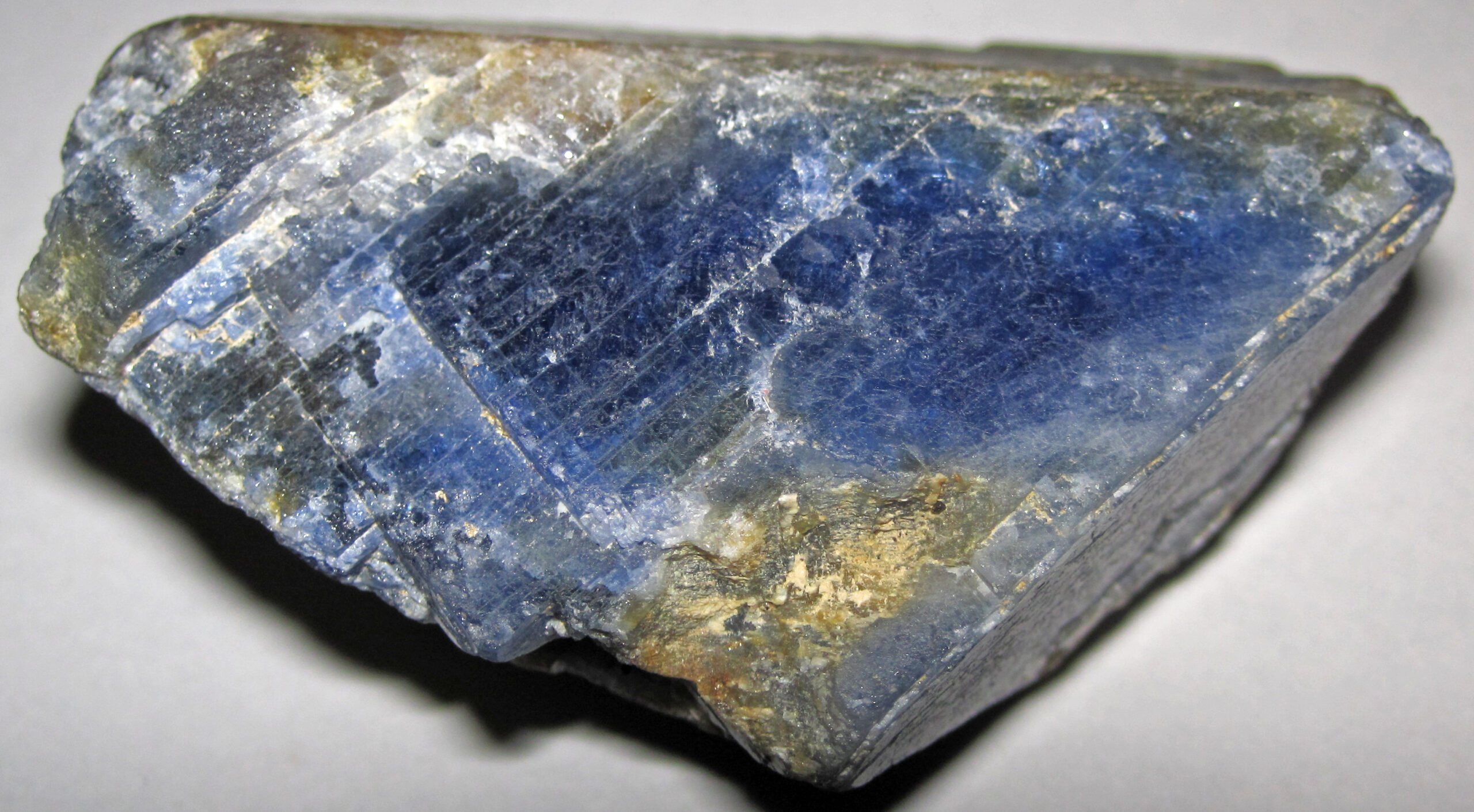What is the World’s Hardest Substance – The quest for the world’s hardest substance has always intrigued scientists and individuals alike. The term “hardness” refers to a material’s ability to resist deformation or scratching when subjected to external forces. In this article, we will explore the natural and man-made substances that claim the title of the hardest material on Earth, delving into their properties, applications, and significance in various industries.
Definition of Hardest Substance:
The hardness of a substance is measured using various scales, with the Mohs Scale being one of the most commonly used. It ranges from 1 to 10, with 10 representing the hardest materials. In the scientific community, hardness is often associated with the ability of a material to resist indentation or penetration by another object.
Natural Hardest Substances:
- Diamond: Known as the hardest natural material, diamonds are formed from carbon atoms arranged in a crystal lattice structure. Their exceptional hardness makes them ideal for various applications, including cutting, drilling, and as abrasives.
- Wurtzite Boron Nitride: This rare mineral is structurally similar to diamonds, with boron and nitrogen atoms forming a strong covalent network. Wurtzite boron nitride possesses remarkable hardness, especially in the direction of its hexagonal crystal structure.
- Lonsdaleite: Also known as hexagonal diamond, lonsdaleite is a type of diamond with a hexagonal crystal lattice structure. It is believed to form during meteorite impacts, making it incredibly rare on Earth.
Man-made Hardest Substances:
- Aggregated Diamond Nanorods (ADNR): Created through high-pressure, high-temperature synthesis, ADNR surpasses natural diamonds in hardness. It is a highly valuable material for scientific research and potential industrial applications.
- Ultra-hard Fullerite: Fullerite is a solid form of carbon, and when subjected to extreme pressures, it transforms into an ultra-hard material that rivals the hardness of diamonds.
- Q-carbon: Discovered in recent years, Q-carbon is a non-crystalline form of carbon that exhibits remarkable hardness. It holds great promise for various technological applications.
Comparison of Hardness:
While diamonds have long been considered the hardest substance, man-made materials like ADNR, ultra-hard fullerite, and Q-carbon have proven to be even harder. These advancements in materials science continue to push the boundaries of what we thought was possible.
The Mohs Scale of Hardness:
The Mohs Scale, developed by mineralogist Friedrich Mohs, is a qualitative scale used to compare the hardness of different materials. It ranks minerals from 1 (softest) to 10 (hardest). This scale provides a standard for identifying and classifying various materials based on their hardness.
Applications of Hardest Substances:
The exceptional hardness of these materials has opened up numerous practical applications, including:
- Cutting and drilling in various industries
- Jewelry manufacturing, particularly in diamond cutting and shaping
- Industrial abrasives for grinding and polishing
- Scientific and technological research and experimentation
Hardest Substance vs. Strongest Substance:
It is important to differentiate between hardness and strength. While hardness measures a material’s resistance to deformation or scratching, strength refers to its ability to withstand stress or force without breaking. Some of the strongest substances, such as graphene, are not necessarily the hardest.
Fascinating Facts about Hardness:
- Diamonds have been treasured for centuries, not just for their hardness but also for their brilliance and rarity.
- Lonsdaleite, found in meteorites, provides valuable insights into the extreme conditions present during meteorite impacts.
- Q-carbon’s unique properties make it a promising material for future electronic and quantum computing applications.
Research and Advancements:
The study of hardness continues to be a captivating area of research. Scientists and engineers are constantly exploring new materials and manufacturing techniques to develop even harder substances with groundbreaking properties and applications.
Conclusion:
The quest for the world’s hardest substance has led to the discovery of remarkable materials that have revolutionized industries and opened up new possibilities in science and technology. From natural diamonds to man-made ADNR and Q-carbon, these substances have shown us that human ingenuity knows no bounds when it comes to pushing the limits of hardness.
FAQs:
- Q: Are diamonds the hardest substance on Earth?
- A: While diamonds are incredibly hard, man-made substances like ADNR and Q-carbon surpass their hardness.
- Q: What are some practical applications of the hardest substances?
- A: Hard materials find use in cutting, drilling, polishing, and various scientific and industrial applications.
- Q: Is hardness the same as strength?
- A: No, hardness measures resistance to deformation, while strength refers to the ability to withstand force.
- Q: How is the hardness of materials measured?
- A: The Mohs Scale of Hardness is one common method to rank materials based on their hardness.
- Q: Can hardness be enhanced in existing materials?
- A: Yes, through advanced manufacturing processes and the addition of certain elements, hardness can be improved in some materials.




